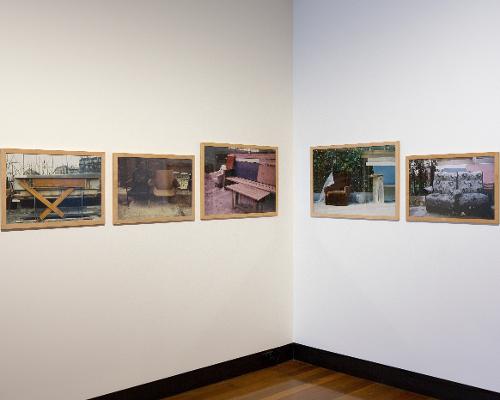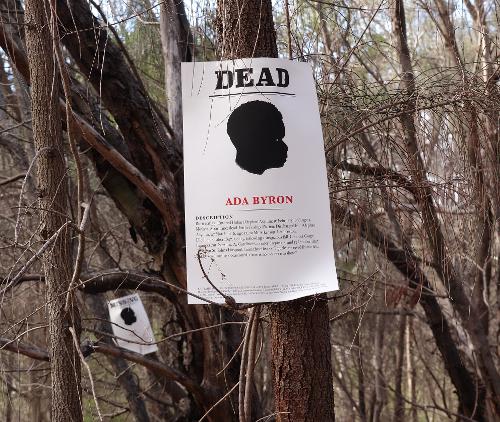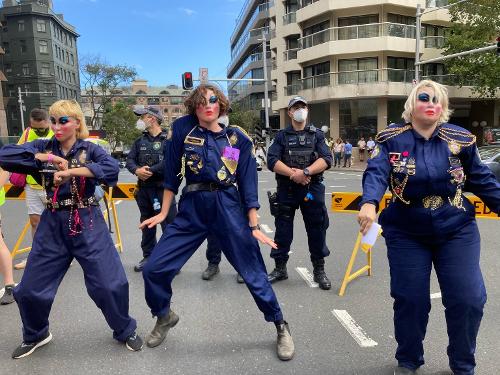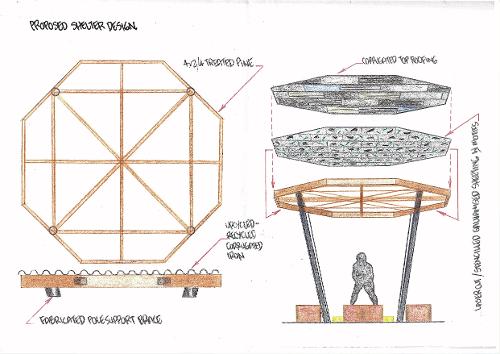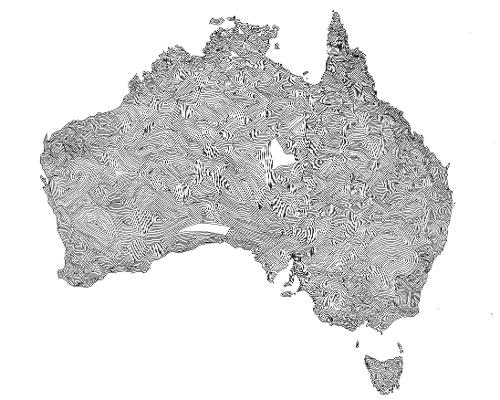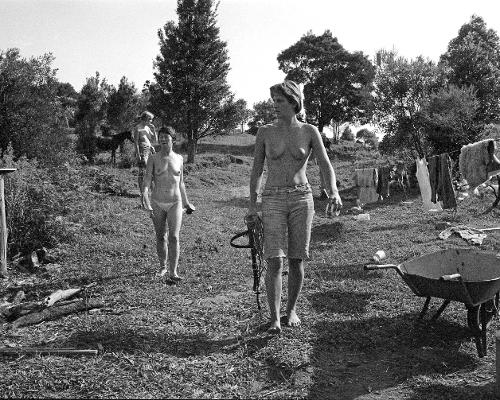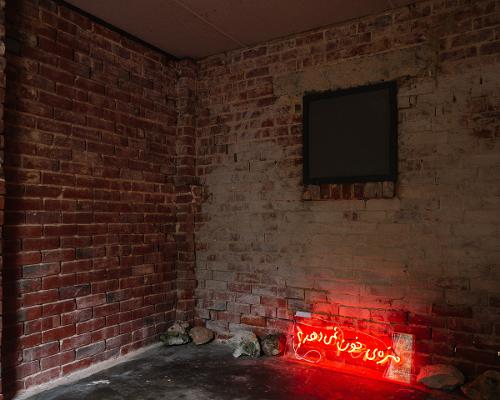Street art aesthetics: Realism’s disruptive effects
One of the striking characteristics of the street art that has blossomed in large cities over the last couple of decades is its realist aesthetics, in contrast to the abstract visual language grounded in typography that characterises graffiti more strictly defined. British and American street art superstars Banksy and Shepard Fairey are just two examples of an established and widespread body of street work, including in Australia, that is distinguished by its predominantly figurative nature, using a broader form of address that requires less semiotic decoding than tagging. Many street artists identify with the representational realist tradition, affiliating that with an anti-institutional stance against contemporary art’s conceptual bent; many emphasise they are self-taught, with some even wearing their dismissal by contemporary art doyens as a differentiating badge of honour.

